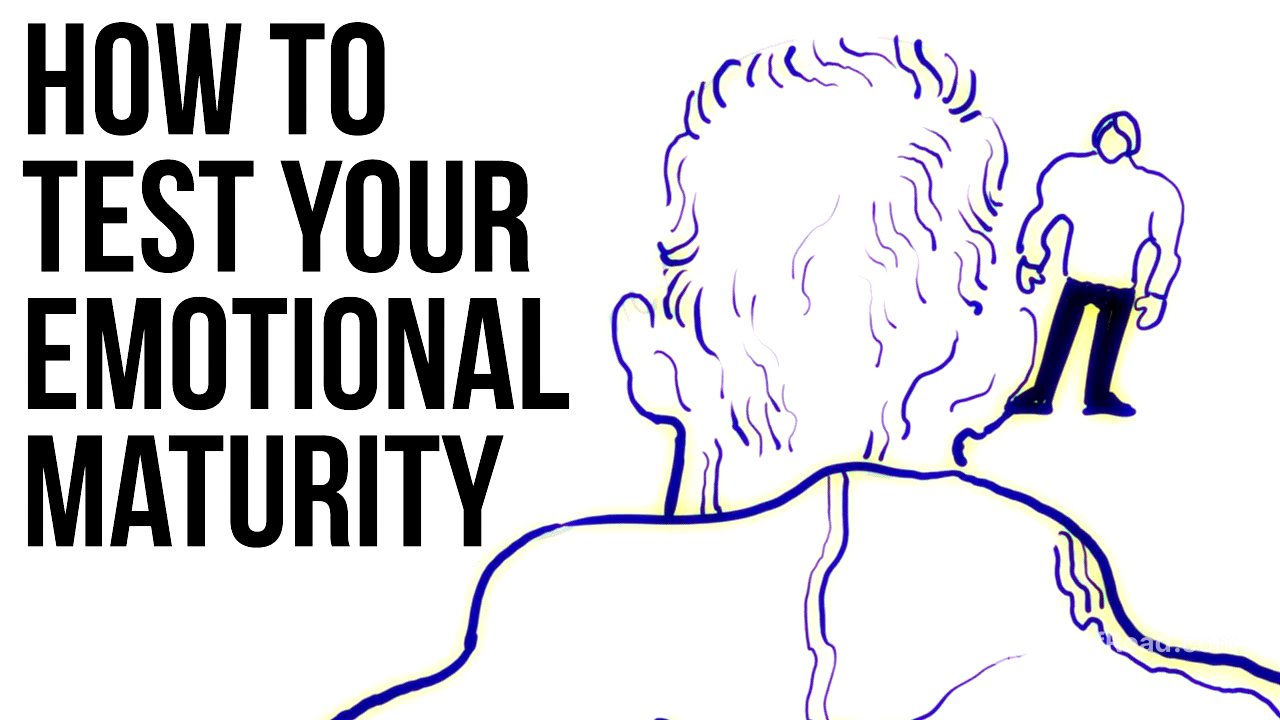TLDR;
This video explores the concept of emotional maturity and how it doesn't always align with physical age. It identifies three common immature responses to disappointment: sulking, fury, and going cold. Conversely, it outlines three key virtues of emotional maturity: communication, staying calm, and vulnerability. The video suggests that these virtues can be learned, even if they weren't taught in childhood, and emphasizes the importance of patience and effort in developing emotional literacy.
- Emotional development doesn't always match physical age.
- Immature responses include sulking, fury, and going cold.
- Mature responses involve communication, staying calm, and vulnerability.
- Emotional maturity can be learned with effort and patience.
Introduction to Emotional Age [0:03]
The video begins by highlighting the discrepancy between physical and emotional development, noting that individuals can be adults in age but still react with childlike emotional responses. To gauge emotional maturity, the video proposes examining how one typically reacts when someone they depend on emotionally disappoints or lets them down. Characteristic responses to such situations can reveal one's underlying emotional age.
Indicators of Emotional Immaturity [0:51]
The video identifies three common reactions that indicate emotional immaturity. The first is sulking, which involves becoming upset while refusing to communicate the reason for the distress, hoping the other person will magically understand and fix the problem. The second is reacting with disproportionate fury, using anger as a way to reassert control when feeling broken and defenseless. The third immature response is going cold, erecting a wall of indifference to avoid vulnerability and the pain of acknowledging hurt.
Markers of Emotional Maturity [2:57]
In contrast to immature behaviors, the video outlines three markers of emotional maturity. The first is the capacity to explain one's feelings calmly and rationally to the person who caused the upset, trusting that understanding is possible. The second is the ability to stay calm, confident that self-assertion remains an option, which reduces the need for immediate, forceful reactions. The third is the capacity to be vulnerable, accepting that closeness involves the risk of being hurt and feeling secure enough to express needs and emotions, even to the person who caused the pain.
The Virtues of Emotional Maturity [4:37]
These three traits—communication, staying calm, and vulnerability—are identified as the cardinal virtues of emotional maturity. Ideally, these virtues are instilled during a nurturing childhood. However, the video acknowledges that many adults must learn these skills later in life, which requires significant effort and dedication, similar to learning a new language.
Learning Emotional Literacy [5:04]
The video emphasizes that there is no shame in lacking emotional literacy, as many individuals were not raised in environments that fostered it. It suggests that acquiring emotional maturity may require a significant investment of time and effort, akin to going back to school to learn the complex grammar of emotional adulthood. The video concludes by pointing viewers to a tool that can aid in understanding and expressing their moods.









